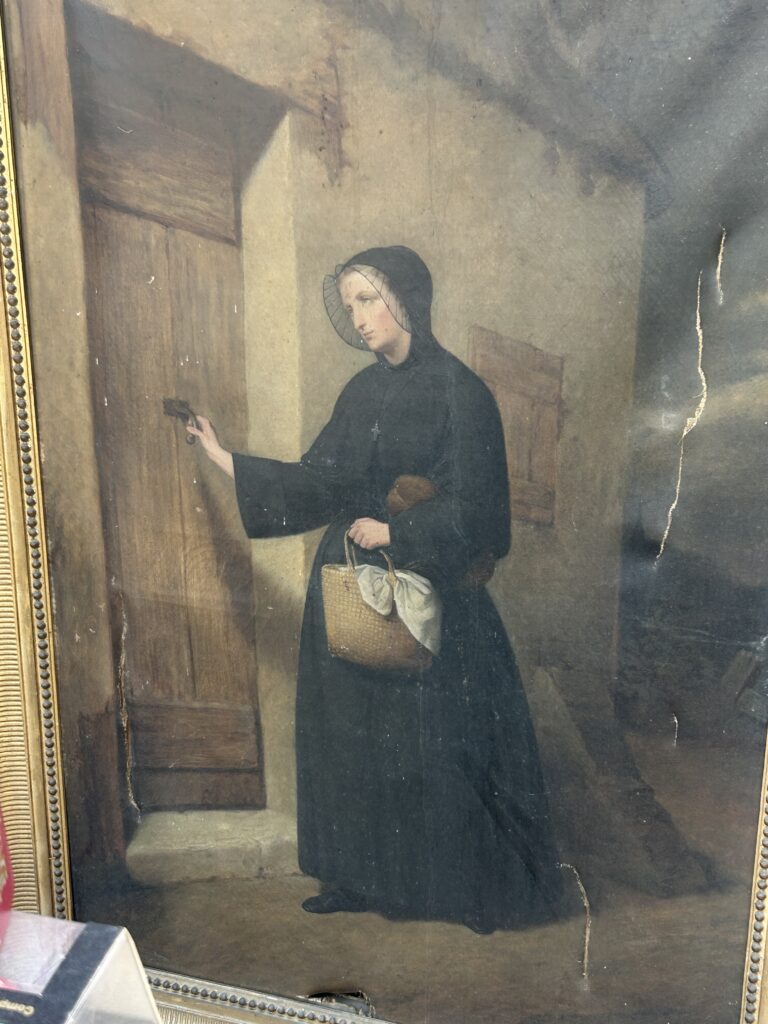
The brocante has a way of talking to you as you pass by—an old cupboard with its key still in the lock, linen napkins folded as if the table had only just been cleared, a stack of dishes waiting to be used. This is where I’ve learned French, where I’ve heard stories passed from one pair of hands to another, and where I’ve filled my home with pieces that speak without saying a word.
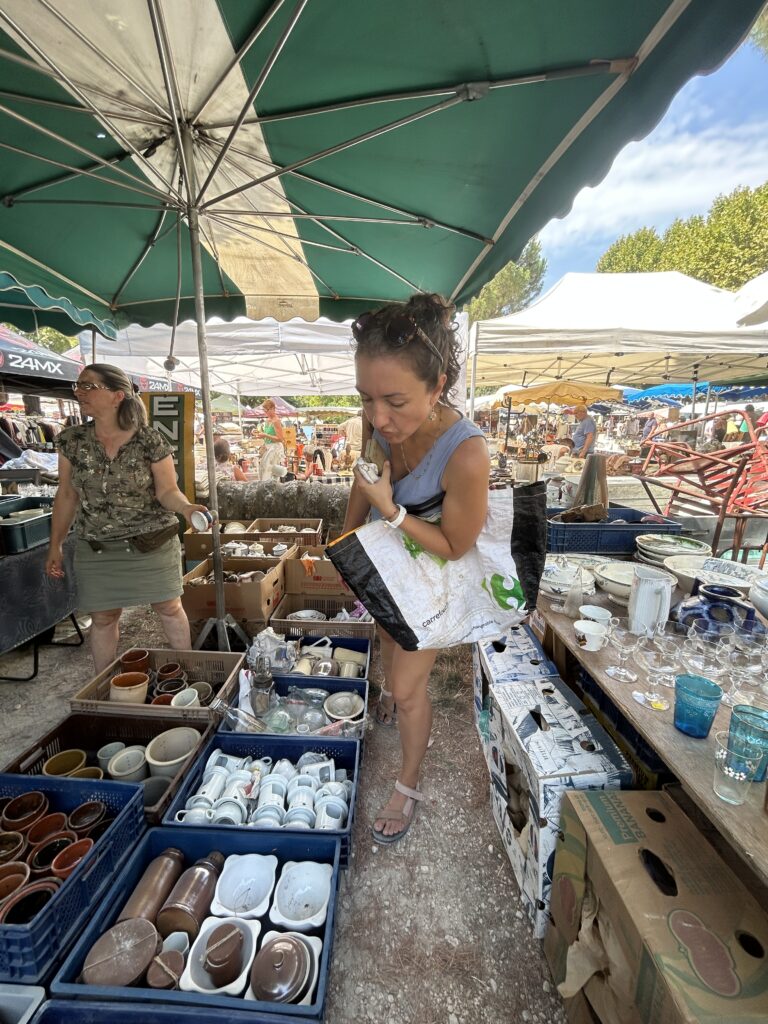
If you’re coming to France and hoping to find a brocante, you just need to know where to look—
I often begin with Brocabrac, a wonderful site that lists flea markets across France. You can search by date or department, which is especially helpful if you’re traveling.
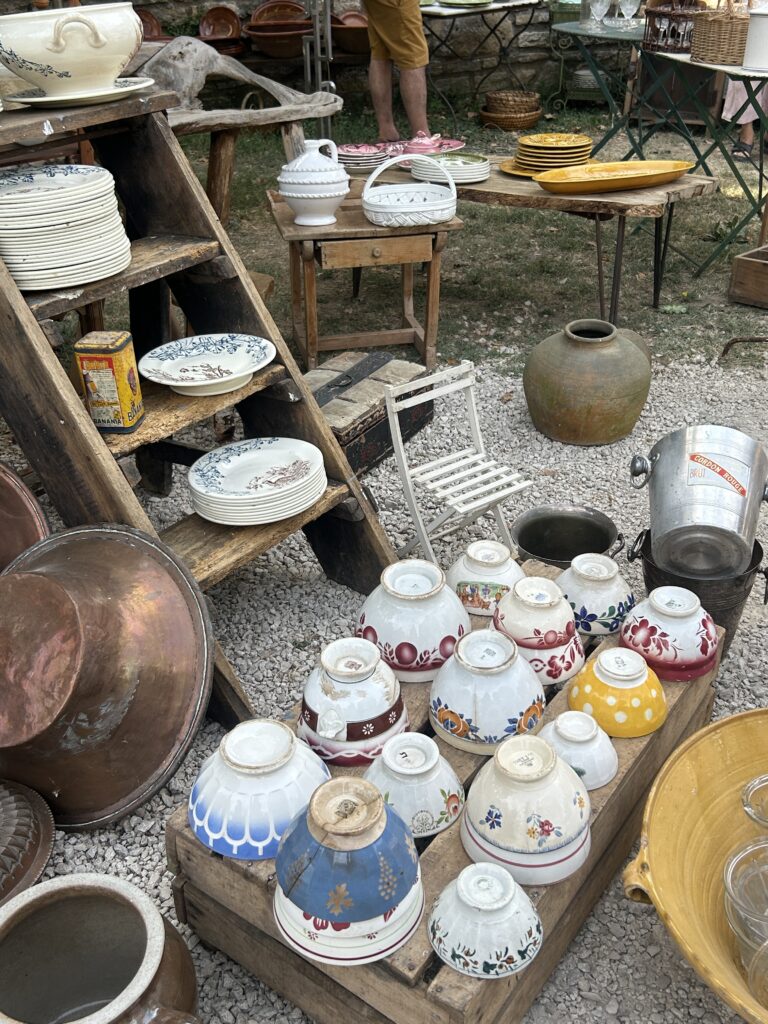
Another place I check is Vide-greniers.org, where village sales and brocantes pop up like mushrooms after a summer rain.
For something more focused on antiques and professional dealers, Antiquités en France is a useful resource. And there’s also France Brocante, which lists markets by region, often including those out-of-the-way ones that don’t make it onto the bigger sites.
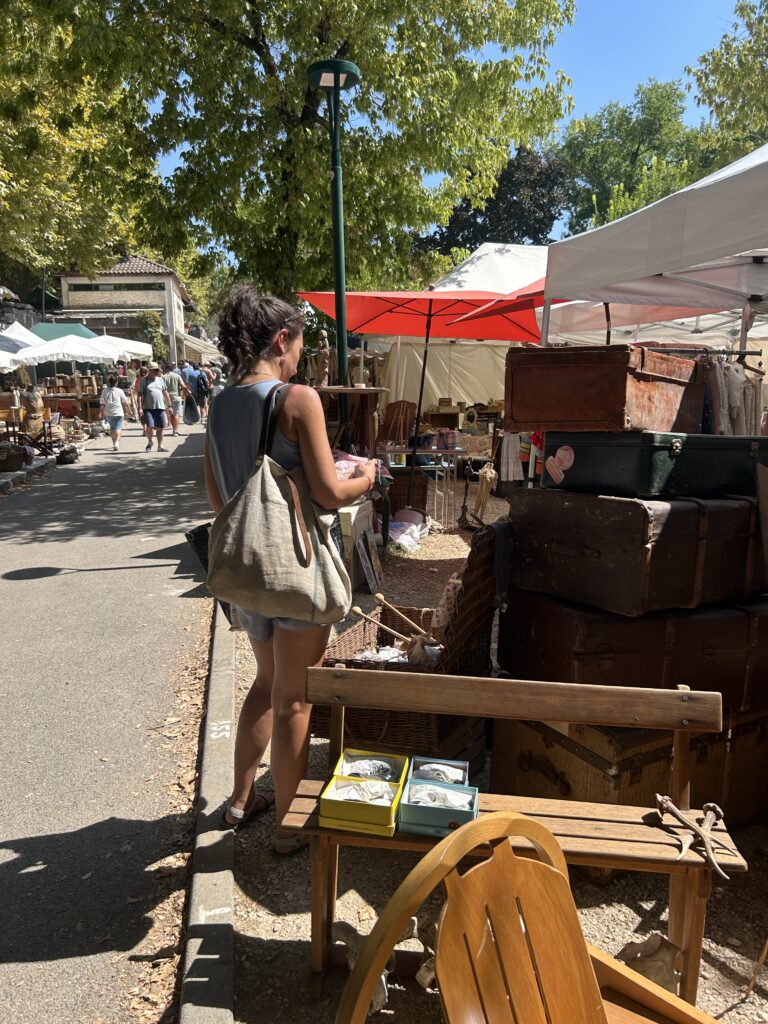
If you’re more digital than dusty, Facebook Events is full of local markets. Type in “brocante” or “vide-grenier” and the name of the town where you’re staying, and you’ll likely find a few nearby.
Tourist offices and town halls are also a good place to ask. Most villages post brocante flyers on their bulletin boards. If you’re staying at a B&B or chatting with someone in a café, just ask. People are generous with their local knowledge.
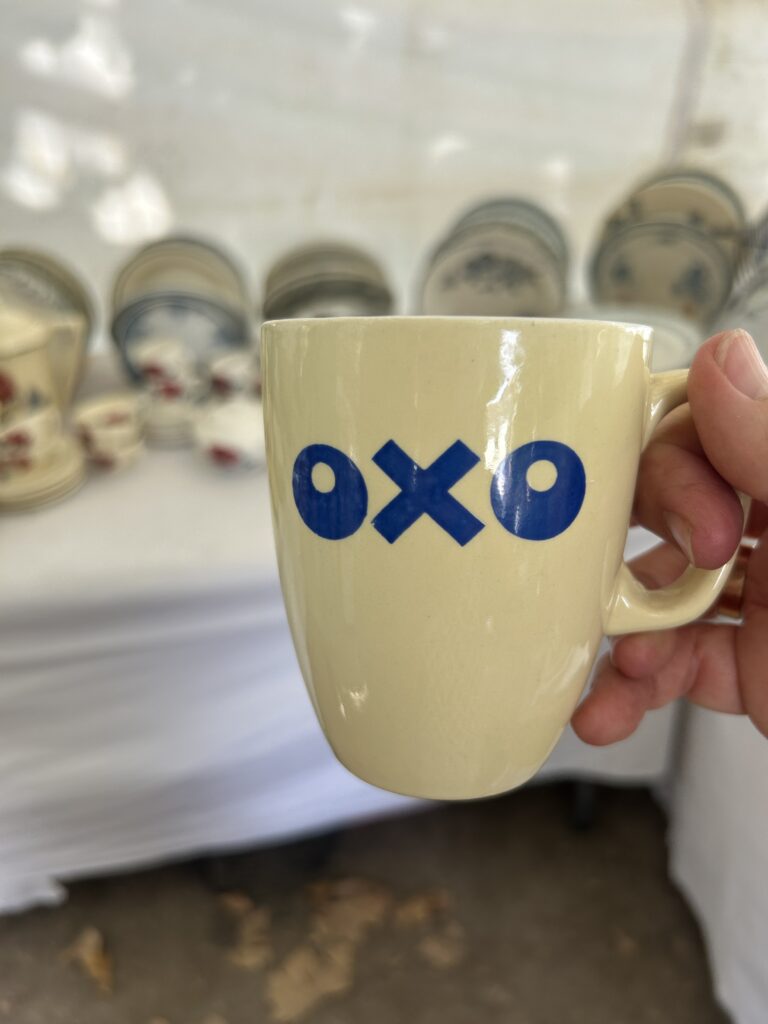
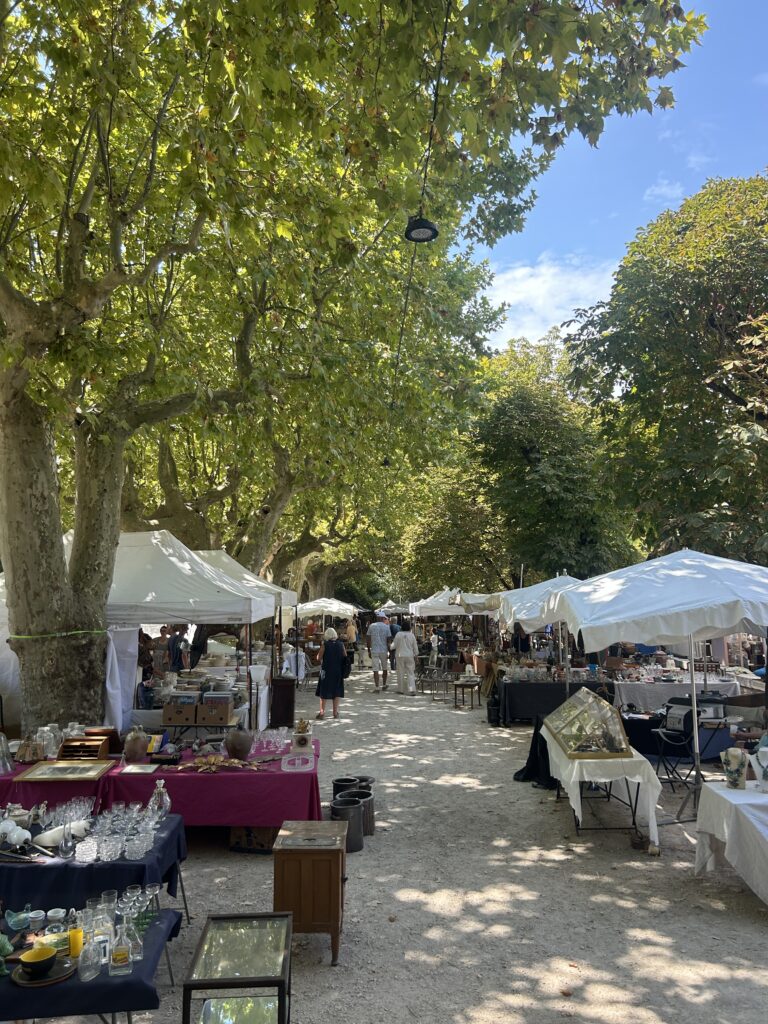
The Marché aux Puces de Saint-Ouen in Paris is enormous—overwhelming, really—full of character. And there’s L’Isle-sur-la-Sorgue, a riverside town in Provence that has been called the antique capital of the south. On weekends, it hums with market stalls and permanent shops.
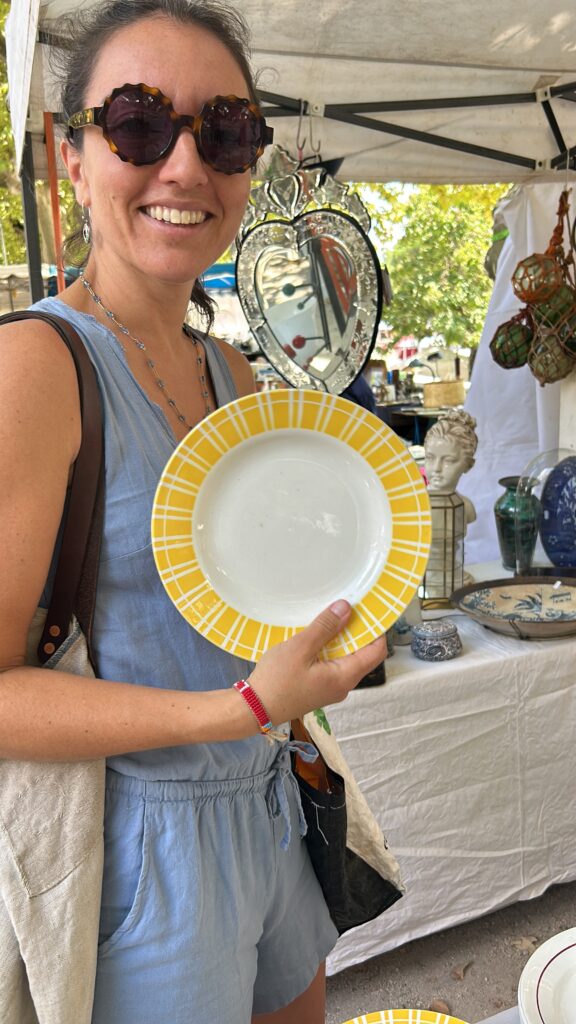
You don’t need a plan. Just curiosity, time, and an open trunk.
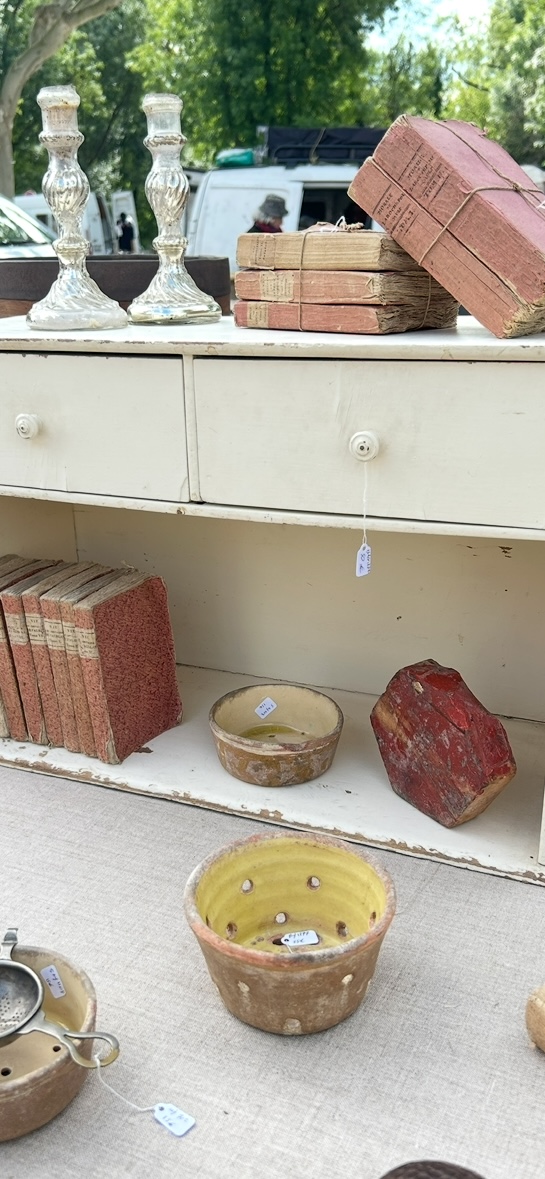

Leave a Reply